Extinct Denisovans from Siberia made stunning jewellery - but did they also discover Australia?
Time for rethink on capabilities of lost species of ancient man as academics ponder amazing DNA link between today's Aboriginal people and Altai cave dwellers.
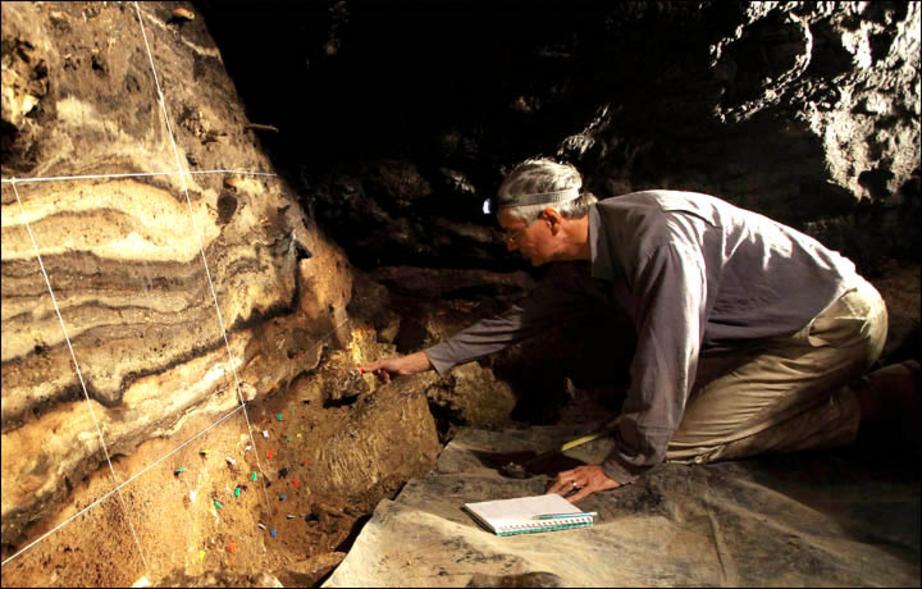
Professor Richard 'Bert' Roberts has urged deep study of ancient migration routes to understand how the Denisovan DNA exists to this day in the native people of Australia. Picture: Richard Roberts
The distance from the only currently known home of the Denisovans in Altai region to the nearest point of Australia is roughly akin to the length of the Trans-Siberian railway, and yet it is looking increasingly likely that these ancient species of humanoids somehow made this epic journey deep in pre-history, perhaps 65,000 years ago.
Separate evidence from the Denisova cave in southern Siberia certainly shows they had myriad talents at least 50,000 years ago, even if their ultimate fate was extinction.
Yet remarkably their DNA lives on in the Aboriginal people of Australia and the Melanesians of Papua New Guinea to a far greater extent than in any other modern-day populations worldwide.
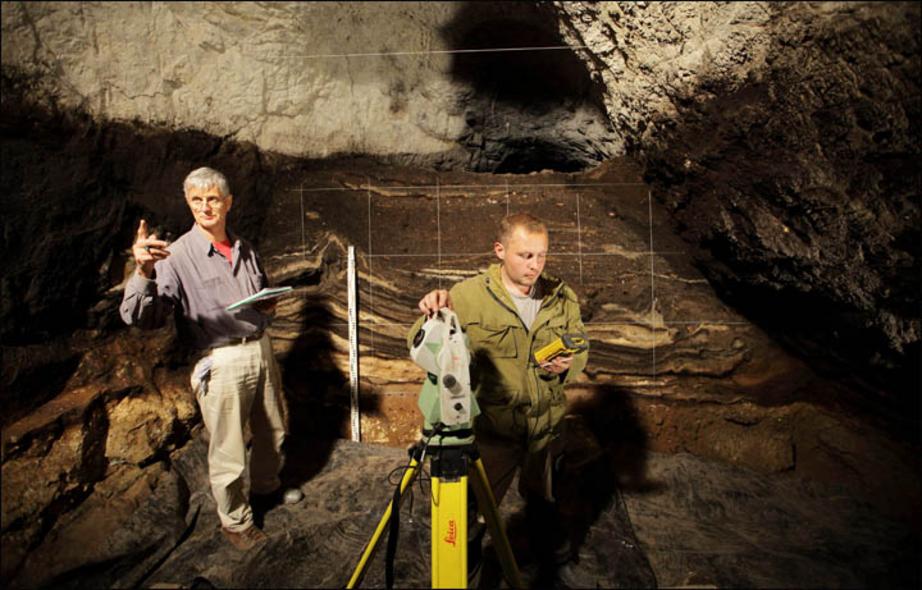
Professor Richard 'Bert' Roberts (left) and Dr Maxim Kozlikin (right) in Denisova cave. Picture: Richard Roberts
Moreover, on their way towards Australasia, they appear to have interbred sufficiently with other early humans to have provided Tibetans with the EPAS1 gene that enables them to survive in high-altitude low oxygen environments.
Pictures shown here illustrate their remarkable Paleolithic handiwork from artifacts - for example a stunning green-hued chlorite bracelet, a marble ring, and beads from an ostrich eggshell necklace, all at least 50,000 years old, but possibly soon to be revealed by scientists as significantly older - found in a cave they shared variously with Neaderthals and Homo sapiens.
Now Professor Richard 'Bert' Roberts, director of the Centre for Archaeological Science at the University of Wollongong, has urged deep study of ancient migration routes to understand how the Denisovan DNA exists to this day in the native people of Australia.

Professor Richard 'Bert' Roberts in his laboratory in the Centre for Archaeological Science at the University of Wollongong. Picture: Richard Roberts
'Many of ancient people's migration routes went through the territory of Russia, via the Altai mountains,' he told gazeta.ru. 'If we don't get to the bottom of what happened regarding human evolution in Altai, we will never understand evolution in say, China.
'The first migration wave of Homo erectus left Africa about two million years ago, moving in two main directions: via the Middle East to the south of Europe, the Caucasus, to the Mediterranean and the Pyrenees, and through the western areas of Asia.
'To the east they most likely moved via two routes as well. One must have gone south of Himalayas and Tibet via Indostan to Eastern and South-Eastern Asia. The other, Northern one, most likely went via Central Asia and Siberia.
'Perhaps two of these streams met at some point. We will learn it by meticulous dating of all finds...
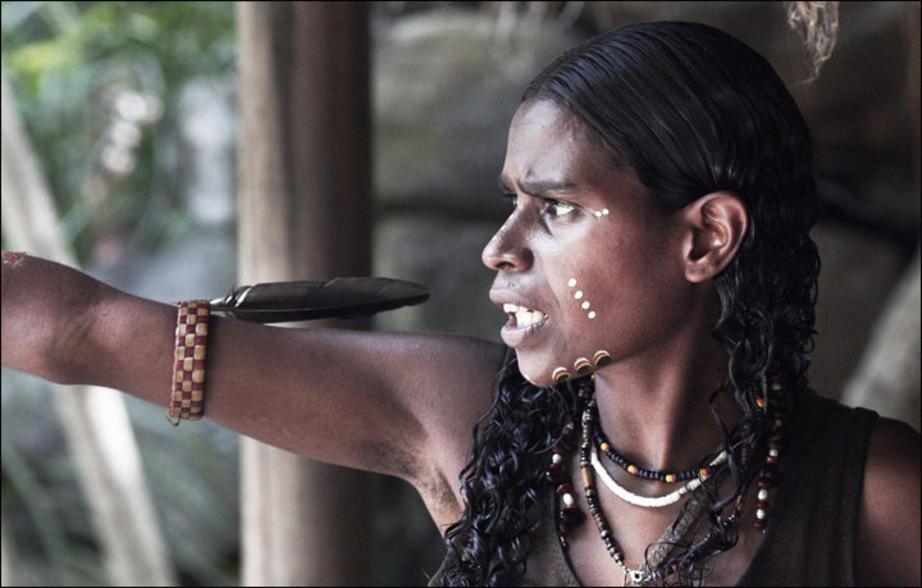

The Denisovans influenced not only Aboriginal people (up), but also modern Tibetans (bottom). Pictures: Steve Evans, Dr. Ruediger Wenzel
'To me personally the most interesting question is how 4% of Denisovan' DNA got into the Aboriginal people? Look where Australia is, and where Altai is! How is it possible?!'
The distance as the crow flies is some 8,500 kilometres, and doubtless any such Denisovan migration happened over multiple generations and many millennia - yet there is also the question of a treacherous sea crossing long before boats or rafts were known to have been invented, even if sea levels then were 110 metres lower than today because of the Ice Age.
People first came to Australia some 65,000 years ago, but who were they, and how did they cross the so-called Wallace's Line separating Asia from Australia, which at the time involved eight separate sea crossings?
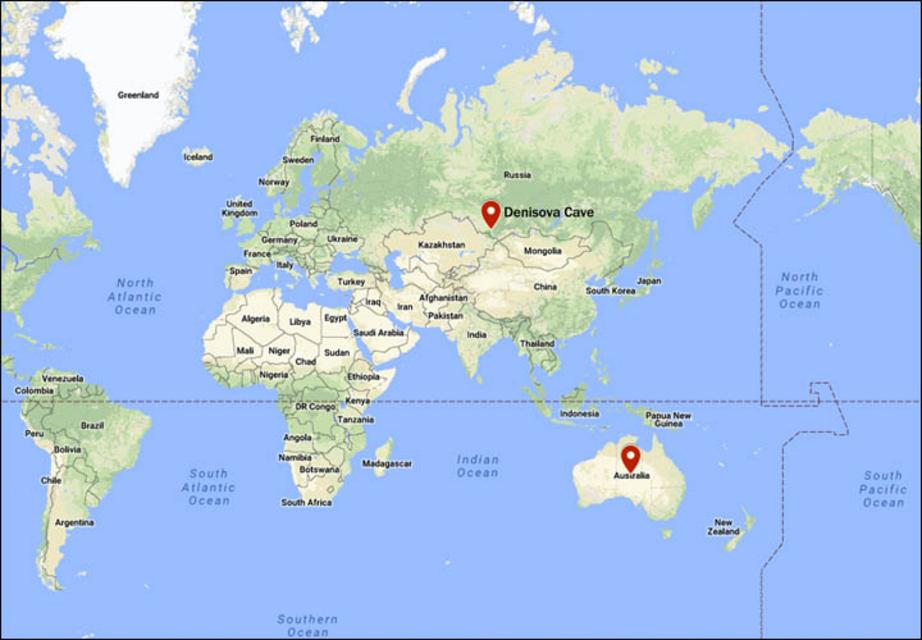
The distance between the Denisova cave and Australia as the crow flies is some 8,500 kilometres. Picture: The Siberian Times
'That's a very interesting and controversial question,' said Prof Roberts, a regular visitor to Russia, whose pioneering dating methods are being used to fix the Denisovans in time.
'We assume they were modern humans, that is members of our species, Homo sapiens, because we have no evidence to the contrary.
'We don't have any fossil remains of the humans, we have only the stone tools left behind, pigments, ochres, all the other attributes that are very typical of what modern humans use whenever they arrive somewhere,' he told the Australian Broadcasting Corporation.
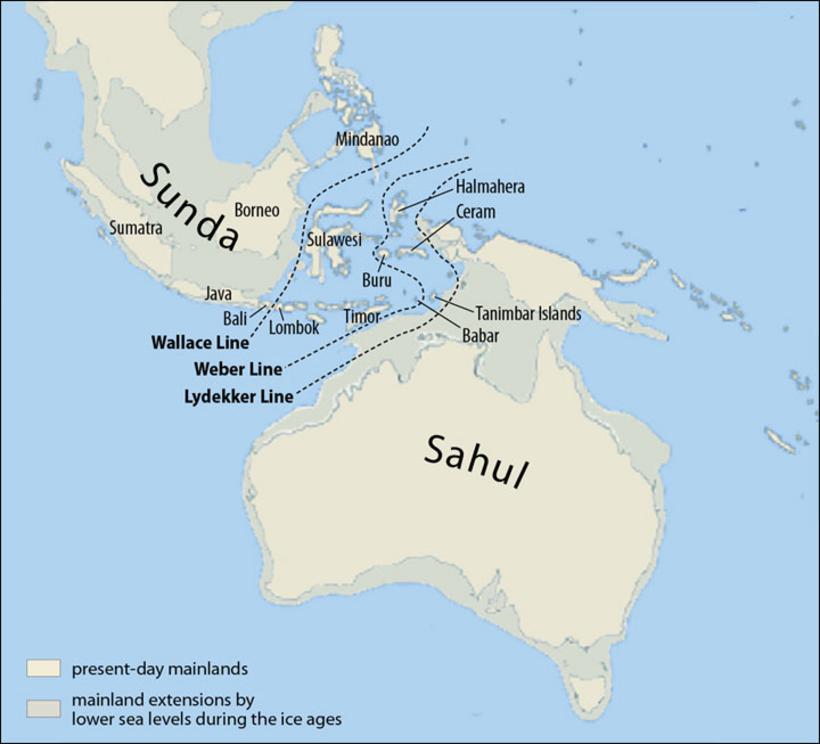
People first came to Australia some 65,000 years ago, but who were they, and how did they cross the so-called Wallace's Line separating Asia from Australia, which at the time involved eight separate sea crossings? Picture: Maximilian Doerrbecker
For the rest of this story please use source link below.
